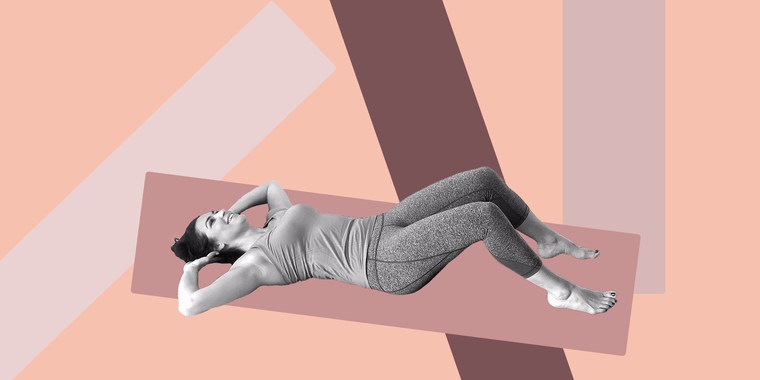Situps are one of the most common core exercises — and a staple in many workout routines. Because they require no equipment or much space, they are a great move to tone the abs in the comfort of your own home. That said, a lot of people tend to perform the move incorrectly without even realizing it, which opens the door to injury.
Although seemingly simple, situps require attention to detail and strong core muscles. If you don’t have the core strength to perform the move correctly, don't worry, there are plenty of modifications to work with.
In fact, as a personal trainer I usually recommend that people start by working on the modifications to train their bodies to activate the core properly and to build up the strength required to perform a full situp correctly.
What does the situp do for the body?
Situps are definitely a move you should consider incorporating into your routine. They work the entire core, beyond just the abdominals, and unlike crunches that target the lower abs, situps recruit both the upper and lower ab muscles. Performing them regularly can help improve abdominal strength, which in turn improves stability and posture.
The common mistakes people make when performing situps
In order to perform situps effectively, you must move slowly and with attention to detail. I’ve seen a lot of my clients use too much momentum when performing a situp. By using momentum instead of core engagement you’re actually decreasing the effectiveness of the move by using your lower body to lift you instead of using your abdominal muscles.
Straining the neck is another mistake I see quite often, especially if you’re using momentum to swing yourself upward — your head almost gets whiplash!
If you’re planning on incorporating situps into your workout, keep these tips in mind:
- Make sure you’re using your abs to pull yourself up and resist the urge to throw your arms forward to pull yourself up.
- Keep a steady, controlled pace. If you feel like you’re using momentum, slow down.
- If your abs feel sore the next day, take a break. Give your muscles time to recover before training again.
How to do a modified situp
Just because situps are common doesn’t mean they’re easy. There’s no shame in performing a modified situp to start before tackling the standard version. Modified situps require less coordination and less forward and backward movement.

Lie on the ground with your knees bent and your heels flat on the floor. Extend your arms straight down at your sides. Squeeze your abs and press your lower back gently into the ground. Bring your hands to your knees as you raise your head, neck and shoulder blades off the ground. Lower your body down and repeat 10 times.
How to perform the sit up correctly
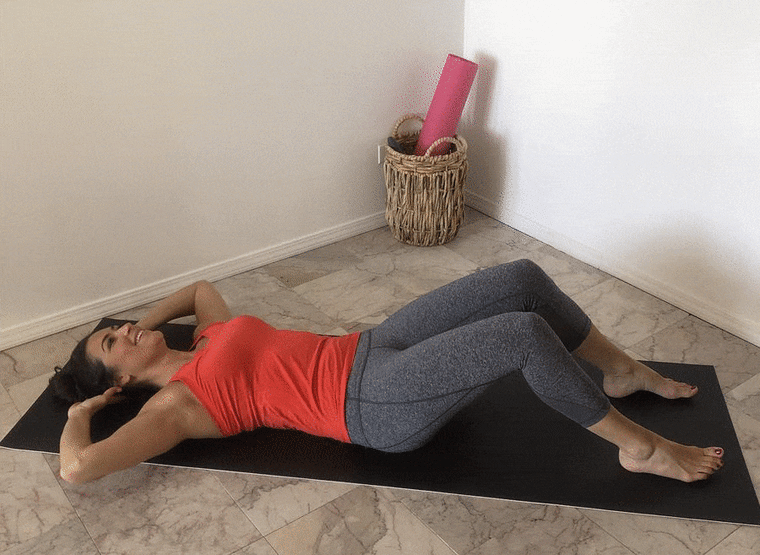
It’s easy to allow your momentum to take over when performing almost any core-focused exercise. If you think you’re ready to resist that urge and perform the full situp in a slow and controlled motion, follow these five simple steps.
- Lie on your back and bend your knees so that your heels are on the floor.
- Place your hands behind your head and bend your elbows out to the sides.
- Squeeze your abs as you curl up with your head, neck and chest.
- Lift until you’re sitting up as high as you can without rounding your elbows in, and exhale as you lift. The goal is to sit all the way up so that your chest almost reaches your knees, with a straight back.
- Lower your body back towards the ground slowly while inhaling.
4 exercises that will help you perform a situp
These four exercises will help you build up your strength gradually over time in order to help you better perform a proper situp.
Bicycle crunch
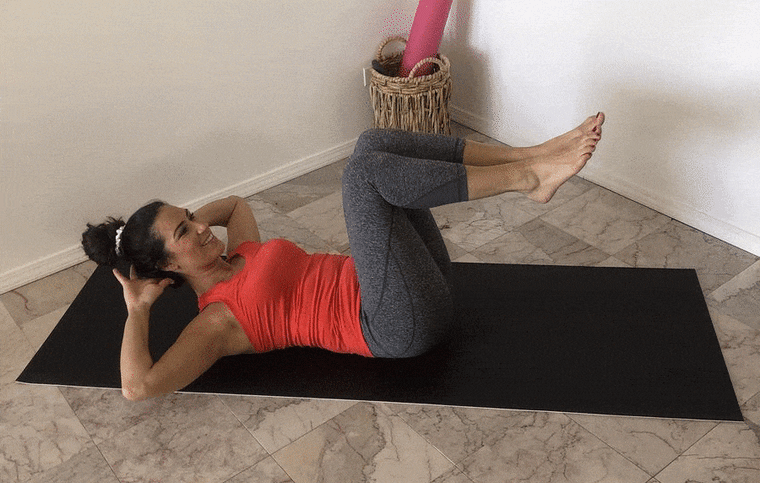
Lie on the ground with your hands behind your head and knees bent in a tabletop position. Pull your right knee towards your chest while extending the left leg out straight at a 45-degree angle. At the time same time, crunch your left elbow towards your right knee, squeezing your core to pull your head, neck and shoulders off the ground. Alternate legs, performing the same move on the opposite side. Continue alternating, performing 10 reps on each side.
Windshield wipers
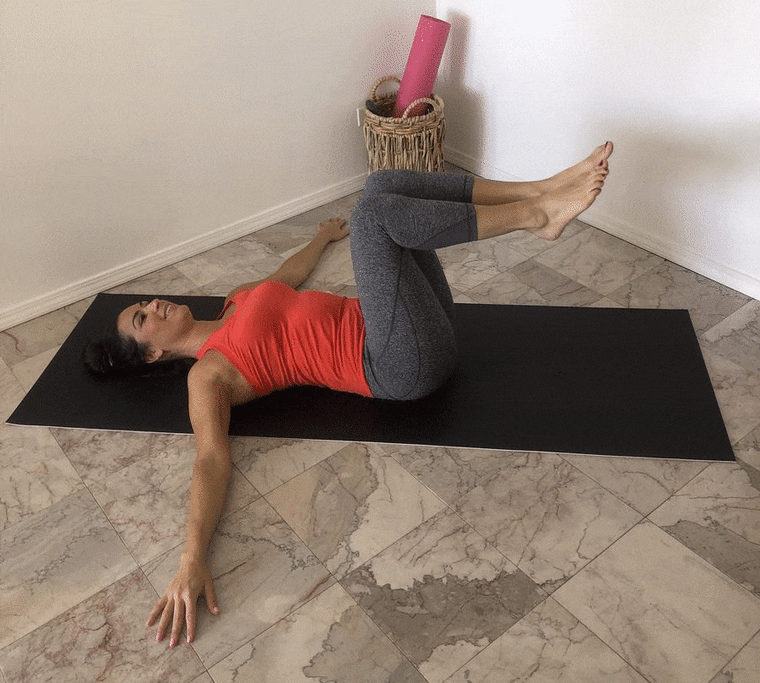
Lie on your back with your arms straight out to your sides, resting on the floor at shoulder height. Lift your legs into a tabletop position, with your knees at a 90-degree angle. Keeping your legs glued together and your torso and upper body still on the mat, slowly drop your legs towards the right. Use your abdominals to pull your legs back to the starting position. Then, drop your knees to the left. Continue alternating, performing 10 reps on each side.
Scissor kicks
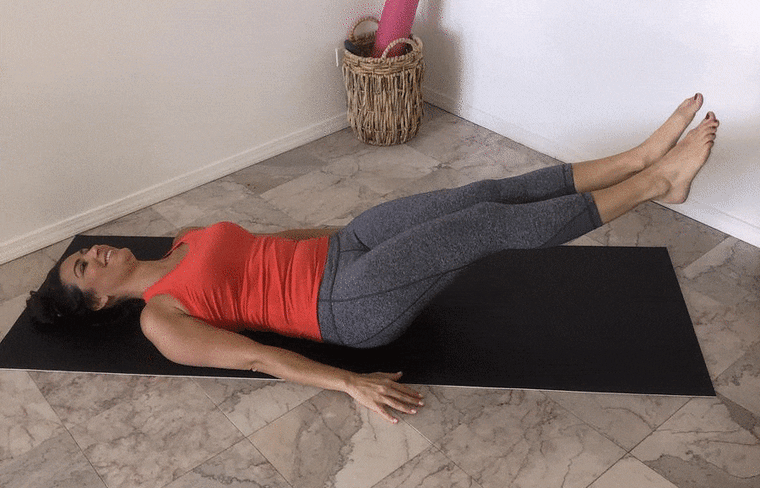
Lie on your back with your legs together straight out in front of you. Squeeze your core and lift your legs up so that they are hovering a few inches off the ground. Begin fluttering your legs up and down a few inches in a scissor-like movement. Make sure to keep your back on the floor without arching.
Leg raises
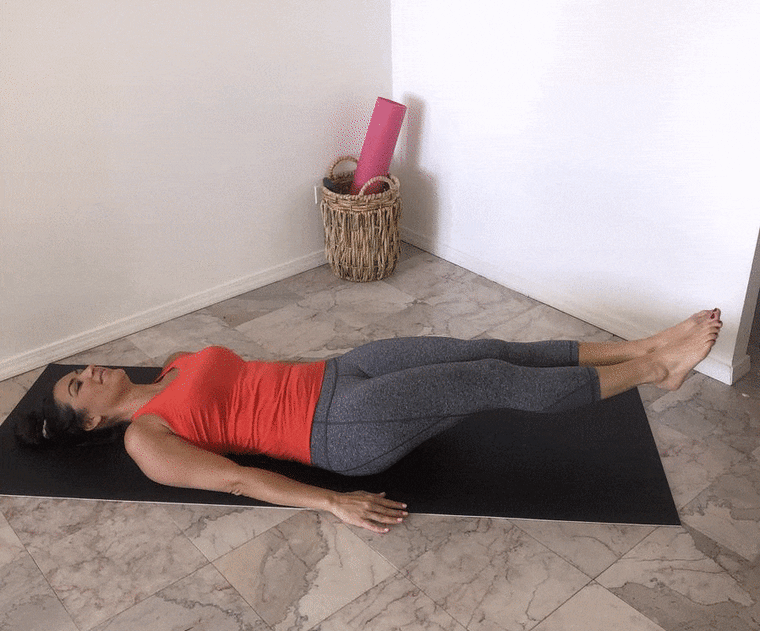
Similar to scissor kicks, leg raises work the abs using leg movement. Begin by lying on the mat with your legs straight out in front of you. Squeezing your abs, lift your legs up straight in the air so that they are perpendicular with the floor. Hold this position and then lower your legs back down so that they are hovering above the ground. Perform 10 repetitions.
Related:
